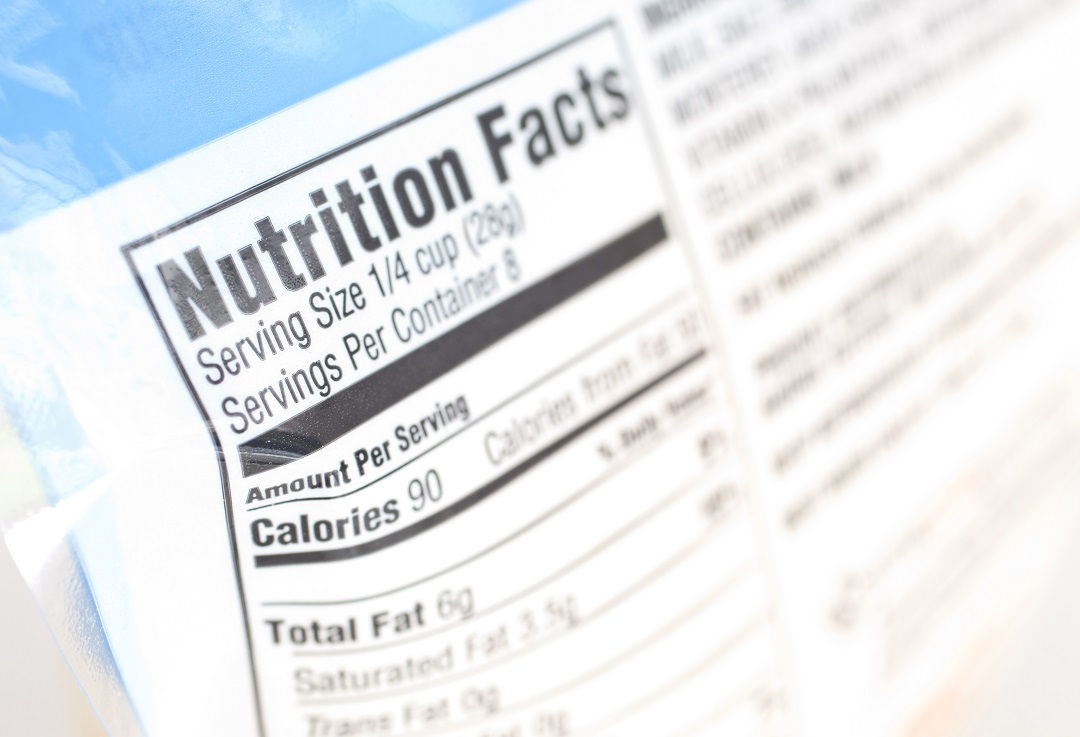Due to the growing awareness of food allergies and the reoccurrence of what could have been preventable deaths and injuries related to those allergies, F&B experts have identified large gaps in food allergy labels.
The local grocery store may have an entire aisle dedicated to gluten-free products, but the industry has a long way to go in making food safe for those with food allergies and dietary restrictions.
The Top 8 Allergens
In a previous post on food labels, I’ve mentioned that “the Food Allergen Labeling and Consumer Protection Act (FALCPA) of 2004 requires that food labels clearly identify ingredients containing any of the major allergens or containing any protein derived from a major food allergen.”
These allergens are milk, eggs, fish, shellfish, peanuts, wheat, soybeans, and tree nuts. However, the FDA does not mention anything about other allergies. With over 170 recognized foods that cause allergic reactions, there is a huge gap in food labeling. There are 162 possible allergy-inducing ingredients that could legally go unmarked on a package.
For example, sesame is the 9th most common allergen. Sesame must be labeled on food in other parts of the world, such as the UK and Australia, but not in the U.S. Small but deadly, this ingredient could hide beneath terms such as “natural flavors” or “spices”. Legally, manufacturers do not have to announce this ingredient blatantly on the package, especially if there are only trace amounts. However, people allergic to sesame should know what they are about to consume.
Cross-Contact Information
Cross-contact occurs when an allergen from one food is transferred to another food during the storage, preparation, or cooking process. By taking the appropriate precautions and training staff on food preparation processes, cross-contact is quite preventable. Unfortunately, there are many processing plants, restaurants and hotels that don’t take the necessary steps to avoid this issue.
In fact, the FDA does not regulate information that manufacturers provide about cross-contact. There is no law that mandates companies to produce this vital info on their packaging.
You may see messages on packaging such as “May contain (name of allergy)” or “Manufactured on the same equipment that processes (allergy)”. These phrases are voluntary and not standard across the industry. In fact, since many consumers do not know that those phrases are optional, they may purchase products that don’t use those phrases, believing them to be safe. For that reason, some F&B professionals argue that those phrases could do more harm than good. Also, most companies only use cross-contact phrases for the top 8 allergens – leaving out the other 162.
Food on Demand
Another gap in FDA regulation is found in bakeries and delis. According to the FALCPA of 2004, any foods “placed in a wrapper or container in response to a consumer’s order” are not covered under federal labeling requirements. So if you visit a bakery and order a chocolate chip cookie, that treat might turn into tragedy if a customer is allergic and not properly informed about the allergies in that food.
Incomplete and hard-to-decipher labels indicate major limitations for consumers with food allergies as they choose their packaged foods. There is also a desperate need for improvement in the meeting and events industry. While allergy labels are not required at events, by providing more in-depth information about a food’s ingredients, hotels and event venues can leave a lasting impression and avoid a possibly catastrophic allergy-related situation.
If you believe that your F&B staff needs training on the subject of food allergies and dietary restrictions, let’s talk. If your menus lack food diversity or you’re not sure how to correctly label food for guests, I can help.



